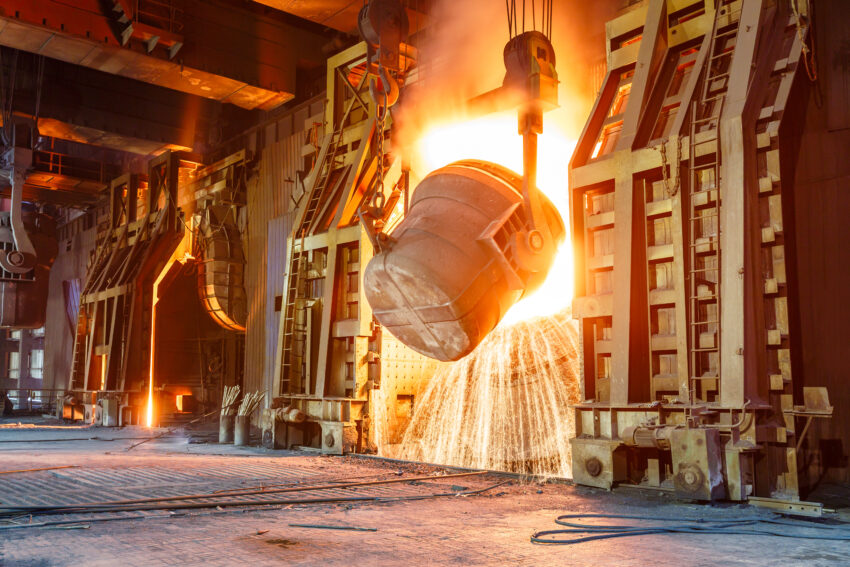
The slump in the UK’s manufacturing sector deepened last month, with output levels worse than expected despite a decline in inflationary pressures.
Factories recorded their eighth consecutive monthly drop in activity, according to purchasing managers, with an index of the sector declining to 47.9 in March — lower than forecast and below an initial reading of 48. The March reading fell from the 49.3 registered in February, according to S&P Global.
The purchasing managers’ index (PMI) from S&P Global and the Chartered Institute of Procurement & Supply has remained below the 50 level that signals growth since August, as manufacturers have battled with rising energy prices and suffered from lower international demand due to a slowing global economy.
UK exports to America, China and Europe dipped in March, while new orders rose only marginally, the survey showed. There was better news on prices as the cost inflation businesses faced eased to the slowest rate since June 2020, reflecting the decline in global commodity prices and a repairing of supply chains post-pandemic.
Despite the softening in price pressures, businesses still increased the prices they charge to consumers last month in an attempt to maintain profit margins. Companies’ pricing power has become a source of worry for the Bank of England as the cost of some goods, such as food, has continued to rise.
Gabriella Dickens, senior UK economist at Pantheon Macroeconomics, the consultancy, said that the recession in the manufacturing sector had likely “bottomed out” as levels of business optimism rose to the highest since before Russia’s invasion of Ukraine last year. Dickens said that the sector would be lifted by government energy bill support measures.
Manufacturing, which accounts for about 10 per cent of the UK gross domestic product, has been one of the worst performing parts of the economy over the past year. Smaller export-oriented companies have complained of the difficulties selling into the European Union after Brexit, while energy-intensive factories have suffered from higher gas and oil prices.
Rob Dobson, director at S&P Global Market Intelligence, said manufacturers should be getting a boost from better functioning supply chains that have reduced waiting times for vital goods.
He said: “Supply chains also continued to recover from the immense pressure experienced over the past three and a half years, with March seeing average vendor lead times improve to the greatest extent during the 31-year survey history. This should hopefully filter through to further cost reductions and lessen the disruption to production workflows.”
Martin Beck, an adviser to the EY Item Club, said a manufacturing recovery was likely only in the second half of the year, when inflation is projected to slow from the current double-digits.
He added: “While prospects for the sector are looking more promising and headwinds from high inflation are softening, [we] don’t expect a significant turnaround in manufacturers’ fortunes until the second half of 2023, when the squeeze on household and corporate spending power eases more.”